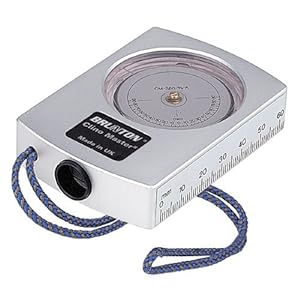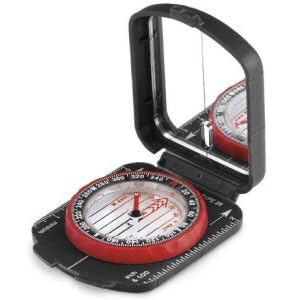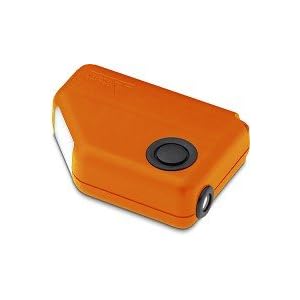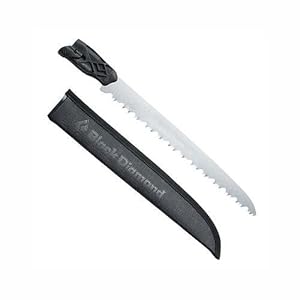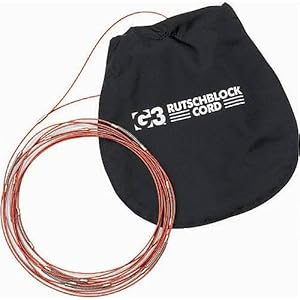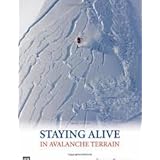The Event concluded with a tutorial on how to apply the Anti-Crack theory in the evaluation of avalanche instabilities. This theory continues to gain popularity among Avalanche professionals as field data supporting it continues to accumulate, and the Shear Failure Theory is abandoned for its serious inconsistencies explaining propagation and effect of slope angle. A sample slide of the Stability Quadrants resulting from the Anti-Crack theory is included below:
And to conclude this event, Dave Bingman from the Payette Avalanche Center and Keith Stebbings from Eastern Oregon's Wallowa Avalanche Center shared the centers accomplishments for Winter 2010-2011. They also previewed this upcoming season exciting new products and outreach programs.
After a very busy Saturday, we spent Sunday touring the Big Creek Summit area East of the Warm Lake Road. It was a wonderful day, with a very cold start, but warming up nicely later in the day.
 |
| Stephen, Brad, Joe - Big Creek Summit |
During the day we observed also the formation of "Near Surface Facets"(NSF) at West and South aspects due to the cold snow and the warm afternoon. Much later in the day, at lower elevations and south aspects, we noticed the formation of a melt recrystallization NSF. WOW! SH, as well Diurnal and melt recrystallization NSF in a single day. But it does not ends there, as expected there were some (not too much) depth hoar (DH) crystals at the bottom of the snowpack.
In an attempt to anticipate instabilities during the next storm (Wednesday), Loaded Column and Shovel Tilt Tests identified a sensitive layer buried 4 cm from the snow surface. The layer consisted of NSF and precipitation particles (stellars and columns). It is possible that this layer was formed as temperatures plummeted late Friday November 18th, additional snow was deposited later on Saturday. This can be easily detected from the graphical snotel data for precipitation and temperature.
| Big Creek Snotel Data |
Notice that similar temp/precip can be observed at Banner summit for the same time interval.
| Banner Summit Snotel Data |
The buried NSF buried layer, as well as the surface hoar present, can be of concern if the weather delivers sufficient snow this wednesday to load the weak layers.
 |
| 60-70% Probability of more than 15 cm for Wednesday 11/23/2011 |
Furthermore, there were many "wumpfs" today as we skinned up. We believe that there were the result of collapsing snowpack as it sintered and gained cohesiveness (became slab), and not an indication of basal instabilities. The snowpack at the places we toured (6,000-7200 feet) had very little to none depth hoar. But as we get more snow (upcoming Wednesday) and the snowpack is loaded, I cannot stop thinking if these collapses can indeed trigger releases at the SH or NSF buried weak layers.
This next storm cycle will require a lot of our attention. And we all want to do pow turns, but it will be prudent to keep those angles shallow. Keep in mind that there are plenty of rocks/deadfall as well as the SH and buried NSF. Act conservative!


